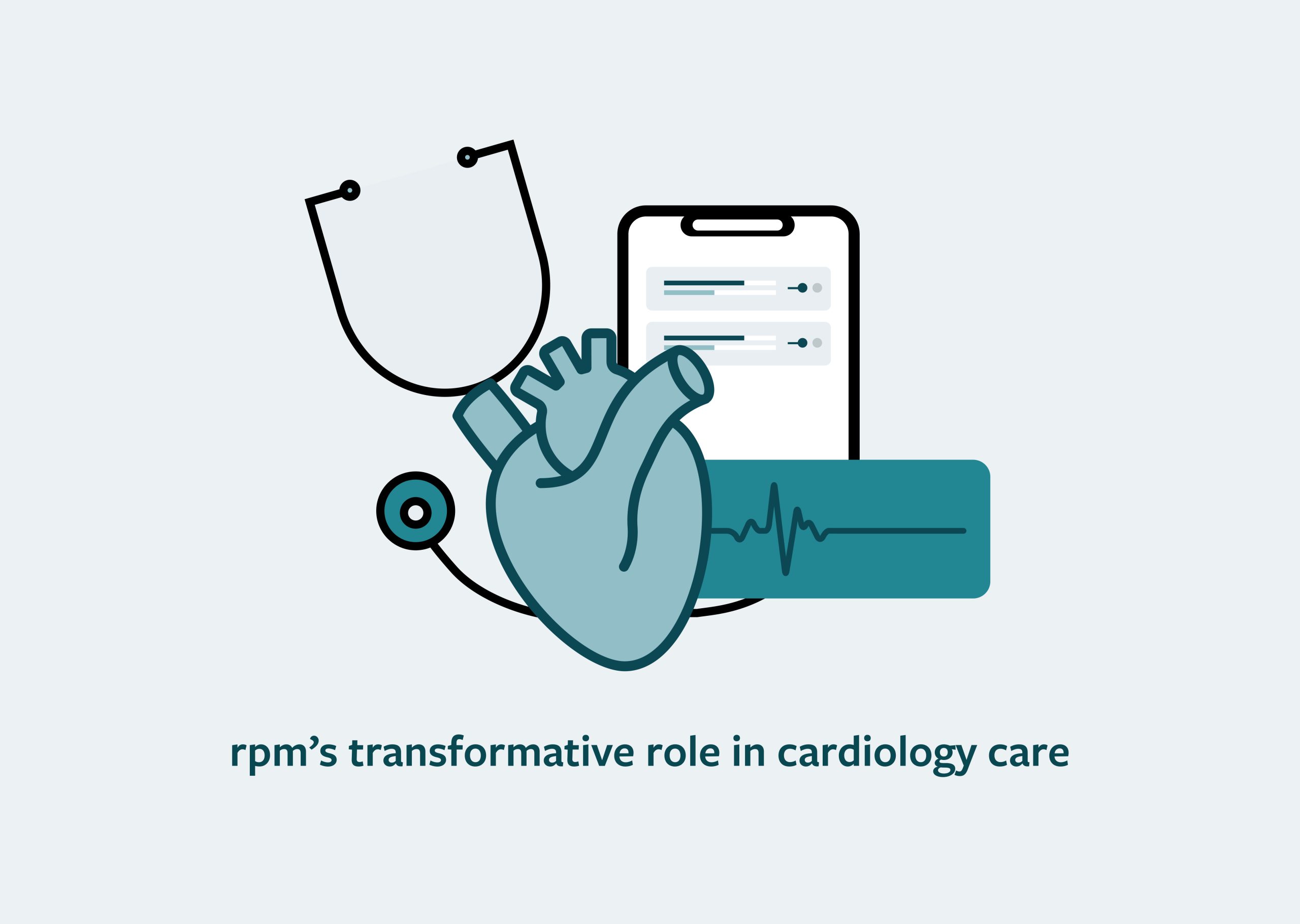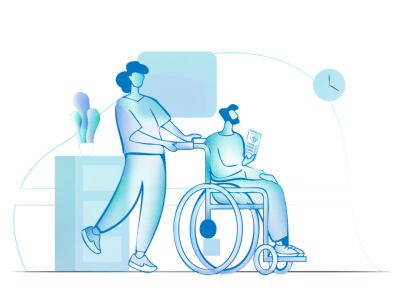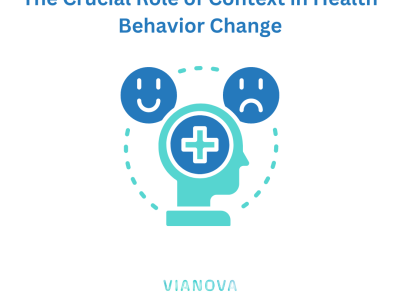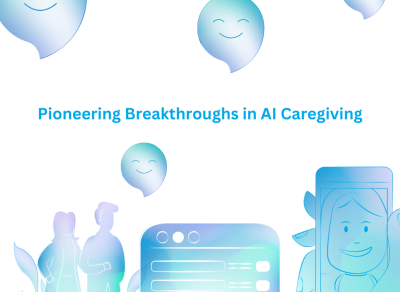
Revolutionizing Cardiology Care: Exploring the Power of RPM Solutions
In the ever-evolving landscape of healthcare, technology continues to pave the way for innovative solutions. One such breakthrough that’s making a significant impact on cardiology practices is Remote Patient Monitoring (RPM). In this blog post, we’ll embark on a journey to understand the essence of RPM and its transformative role in cardiology care. Together, we’ll explore the numerous benefits it brings to both patients and healthcare providers, effectively revolutionizing the way we approach cardiac health.
What is RPM, and how does it work in cardiology?
Remote Patient Monitoring, often abbreviated as RPM, is a groundbreaking approach that harnesses the power of technology to keep a vigilant eye on patients’ health, even from the comfort of their homes. In the context of cardiology, RPM involves the use of specialized devices and software to track vital signs, symptoms, and health-related data. This data is then transmitted in real-time to healthcare professionals, enabling them to monitor patients’ conditions continuously.
The RPM setup for cardiology care typically includes devices like wearable heart rate monitors, blood pressure cuffs, and ECG machines, all of which are user-friendly and non-invasive. Patients are guided on how to use these devices, and the data they generate is securely transmitted to their healthcare providers, allowing for timely intervention when necessary.
Benefits of RPM for cardiology practices
The adoption of RPM in cardiology practices offers an array of benefits that make it a game-changer in patient care:
1. Improved Patient Outcomes: RPM allows for the early detection of cardiac issues and ensures timely intervention, leading to improved patient outcomes. Patients can receive care proactively, preventing complications and emergencies.
2. Reduced Hospital Readmissions: One of the major challenges in cardiology care is preventing hospital readmissions. RPM significantly reduces the likelihood of readmissions by keeping patients’ conditions under constant surveillance, leading to better recovery rates.
3. Increased Efficiency: RPM streamlines the healthcare process. Healthcare providers can prioritize their resources more effectively, ensuring that patients with the greatest need receive timely care. This not only benefits the patients but also contributes to the overall efficiency of the healthcare system.
Case studies showcasing the impact of RPM in real-world cardiology settings
The power of RPM is best understood when seen in action. Let’s take a look at a few real-world case studies that illustrate the transformative impact of RPM in cardiology practices:
Case Study 1: John’s Journey to Recovery
John, a 62-year-old heart disease patient, was recently discharged after a cardiac procedure. With the help of RPM, his healthcare provider remotely monitored his vital signs and ECG readings. When irregularities were detected, the medical team immediately adjusted his medication, preventing a potential crisis and allowing John to recover comfortably at home.
Case Study 2: Sarah’s Peace of Mind
Sarah, in her mid-50s, has a family history of heart conditions. She uses an RPM device to monitor her heart rate and blood pressure daily. Any significant changes trigger automatic alerts to her cardiologist. This proactive approach has helped Sarah manage her cardiac health effectively, giving her peace of mind and confidence in her ability to stay healthy.
The stories of John and Sarah are just a glimpse of the transformation that RPM brings to cardiology practices. By merging technology and healthcare, we can create a system that is more patient-centric, efficient, and proactive.
In the coming blogs in this series, we’ll dive deeper into how Vianova’s RPM solution caters specifically to cardiology care, the features that make it exceptional, and the roadmap to a future where cardiology care is redefined by the power of technology. Stay tuned for more insights into the future of cardiac health.



FEEL FREE TO DROP US A LINE.